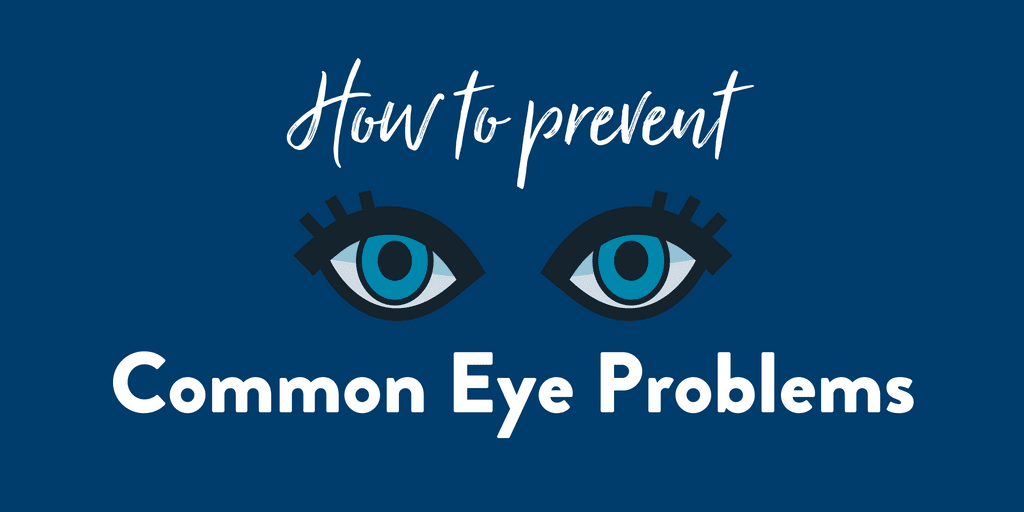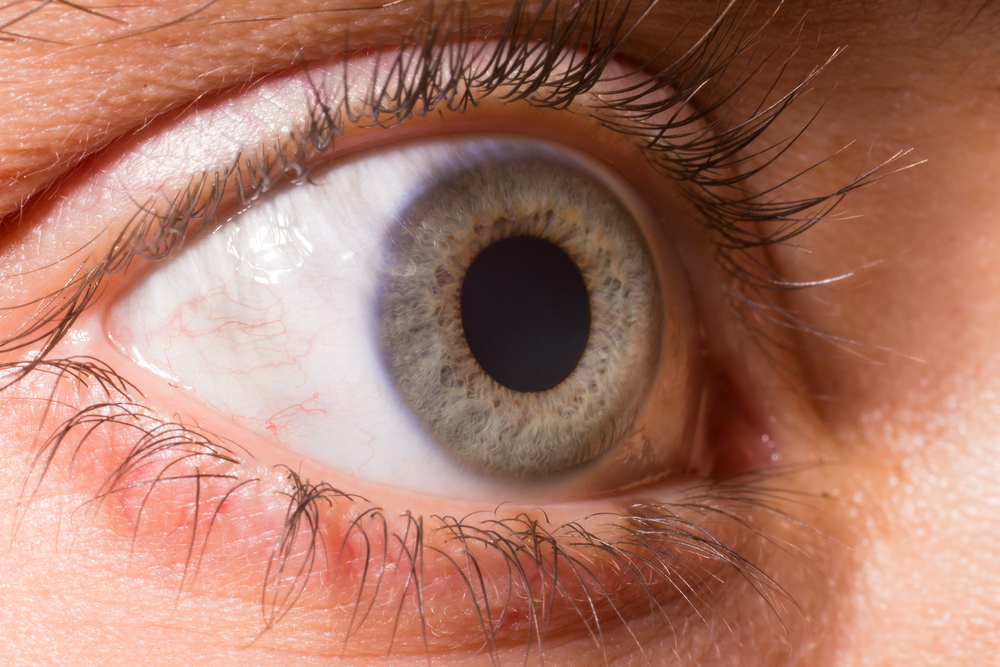 For most of us, sight is the most important and helpful sense we have. It allows us to navigate the world around us, so we should do everything we can to maintain healthy eyesight and prevent common eye problems. Most vision problems happen with age, but many eye issues are minor and may be temporary. However, there are some more serious eye problems that can cause damage to the eyes, and sometimes a permanent loss of vision. We have compiled a list of common eye problems that can be prevented.
For most of us, sight is the most important and helpful sense we have. It allows us to navigate the world around us, so we should do everything we can to maintain healthy eyesight and prevent common eye problems. Most vision problems happen with age, but many eye issues are minor and may be temporary. However, there are some more serious eye problems that can cause damage to the eyes, and sometimes a permanent loss of vision. We have compiled a list of common eye problems that can be prevented.
Dry Eyes
Dry eyes can be extremely uncomfortable and may cause impaired vision. Symptoms include:
- Red eyes
- Light sensitivity
- Scratchy or watery eyes
- Blurred vision
You may also feel like there is something in your eye. The reason you have dry eyes is due to a lack of tears, which are necessary to keep your eyes healthy and infection-free. A decrease in tear production may be caused by aging, certain medications, or medical procedures — which are all usually unavoidable.
You can treat this type of common eye problem with warm compresses to the eyelids, washing your eyelids with baby shampoo, or giving your eyelids a light massage. Prevent tear evaporation by limiting exposure to wind, smoke, and dry air. Protect your eyes with sunglasses or goggles. Eye drops can also be helpful, such as vitamin A and cyclosporine drops.
Glaucoma
Glaucoma is an eye condition that damages the optic nerve, which is key to healthy vision. This eye problem is usually caused by high pressure in the eye(s). Over time, glaucoma can lead to blindness, which can’t be reversed.
Glaucoma is often hereditary but can be caused by lack of exercise, other eye injuries, or diabetes. Symptoms may include:
- Patchy blind spots
- Tunnel vision
- Headaches
- Eye pain
- Nausea
- Blurry Vision
Not all glaucoma cases can be prevented. However, there are various treatment options that can effective for this type of eye issue if the condition is caught early enough. The best way to prevent glaucoma is to get regular eye screenings, especially if you have diabetes.
Allergic Conjunctivitis
Allergic Conjunctivitis happens when the outer part of our eye becomes swollen or irritated with a reaction to pollen, dander, mold, or other things that trigger allergies.
Symptoms may include:
- Burning or itching sensation
- Watery eyes
- Puffy eyelids
- Stringy discharge in the eyes
The best way to prevent allergic conjunctivitis is to avoid allergy-causing substances. Researchers have also found eye drops to help those prone to allergies.
Age-Related Macular Degeneration
Age-related macular degeneration is very common, especially for those who are 50 and older. As macular degeneration advances, vision loss may occur.
Researchers say you can prevent this type of eye problem with simple lifestyle choices such as not smoking, exercising regularly, eating healthy, and keeping normal blood pressure levels.
Prevent Common Eye Problems With Eye Screenings
The best way to prevent these common eye problems is to visit your eye doctor on a regular basis, or as often as they recommend depending on your situation. Our staff of ophthalmologists offers dependable eye care solutions to clients such as cataract treatments, refractive lens exchange surgery, keratoconus treatments, and LASIK eye surgery. If your vision suddenly changes, contact your eye doctor immediately to schedule an appointment.
 877-852-8463
877-852-8463 Careers
Careers Locations
Locations Patient Portal
Patient Portal Request Appointment
Request Appointment





 877-852-8463
877-852-8463
